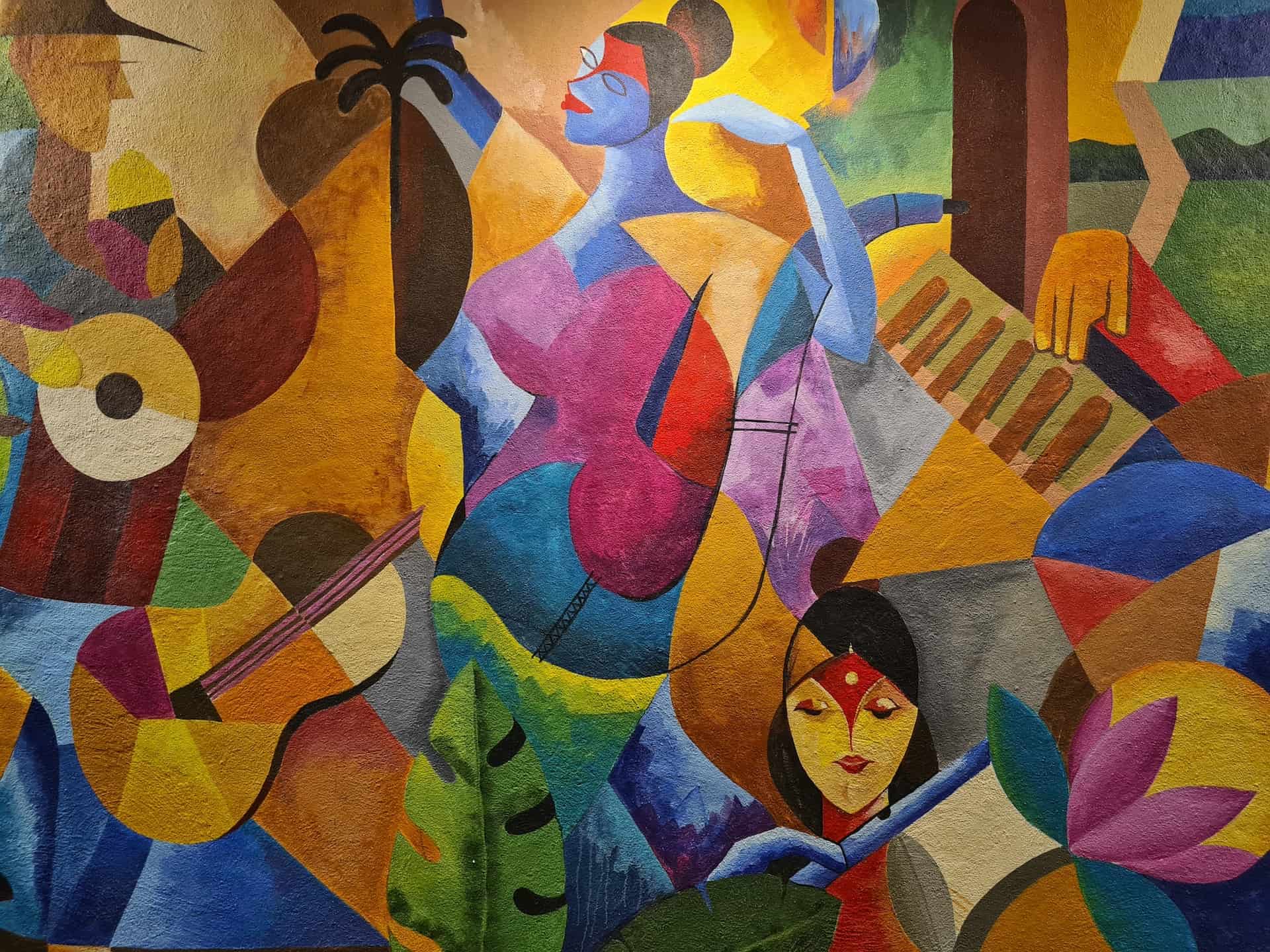Analyzing the Cultural Influence of Trump Art on Modern Artistic Activities
Analyzing the Cultural Influence of Trump Art on Modern Artistic Activities
Blog Article
Embarking on an Aesthetic Trip Via the Lyrical Analyses of Nature in Stylist Landscapes
Each brushstroke, each play of light and darkness, and each shade option in their jobs speaks quantities concerning the artists' deep connection to nature and their capacity to equate its beauty onto the canvas. As we discover the lyrical analyses of nature in Stylist landscapes, we are welcomed to submerse ourselves in a globe where fact and emotion intertwine, using a glimpse right into the musicians' extensive gratitude for the all-natural globe.
The Fascinating Brushstrokes of Claude Monet
Claude Monet's proficiency of brushstrokes transcends plain method, imbuing his landscapes with an ethereal quality that fascinates and captivates audiences - trump art. His innovative use shade and light, incorporated with his distinctive brushwork, develops a sense of movement and life within his paintings. Monet's renowned collection of works portraying water lilies and his iconic haystacks display his ability to capture the short lived results of light and atmosphere

Taking On Light and Darkness With Camille Pissarro
Symbolizing a comparable respect for the interaction of light and shadow, Camille Pissarro's imaginative vision unfolds as an unified exploration of the all-natural globe's luminous subtleties. Pissarro, an essential figure in the Impressionist movement, masterfully captured the vibrant partnership in between light and shadow in his landscapes. His experienced use shade and brushwork allowed him to share the subtle changes in light that define different times of day and periods.
Pissarro's paints often feature dappled sunlight infiltrating leaves, casting elaborate patterns of light and shadow on the planet listed below. In jobs such as "Hoar Frost, the Effect of Snow, Pontoise," Pissarro skillfully shows the crisp brightness of wintertime sunlight juxtaposed with the trendy darkness that define the snowy landscape. By embracing both light and shadow in his make-ups, Pissarro welcomes viewers to immerse themselves in the all-natural appeal and transient results of light worldwide around them.

Through Pissarro's jobs, we are reminded of the transformative power of light and shadow, inviting us to stop briefly and appreciate the short lived moments of appeal existing in the everyday landscapes that border us.
A Harmony of Color Styles by Edgar Degas
Edgar Degas orchestrates a vivid harmony of colors in his skillful artworks, instilling his make-ups with a vibrant interaction of shades that captivate the audience's look. Understood primarily for his ballet dancers and intimate scenes of Parisian life, Degas skillfully controlled colors to communicate state of mind and movement in his paintings. trump art. His use of bold, contrasting shades and subtle tonal variants produced a sense of deepness and vibrancy within his jobs
Degas' color scheme typically was composed of abundant blues, deep environment-friendlies, and warm oranges, which he applied with confident brushstrokes to record the significance of his topics. Whether representing a ballerina mid-performance or a team of buddies speaking at a coffee shop, Degas' colors not just depicted the scene yet likewise stimulated a feeling of feeling and energy.
In Addition, Degas' experimentation with light and darkness added an additional layer of intricacy to his color structures, enhancing the overall atmosphere of his paints (trump art). Through his proficient adjustment of color, Degas produced a visual harmony that proceeds to resonate with customers today
Checking out Nature's Serenity With Berthe Morisot
Berthe Morisot's creative vision uses a peaceful separation from the dynamic color symphonies of Edgar Degas, as she catches the harmony of nature in her expressive landscapes. Known for her fragile brushwork and intimate representations of everyday life, Morisot's landscapes show a sense of tranquility and harmony.
Morisot's paints typically feature soft, soft tones that communicate a feeling of calmness and serenity. Her works, such as "The Cradle" and "Summer's Day," showcase her capacity to catch the subtle beauty her explanation of nature in a manner that is both soothing and reflective to the viewer.
Unlike a few of her Impressionist counterparts who focused on vibrant structures and vibrant colors, Morisot favored to create mild, introspective scenes that invite the audience to pause and mirror. Via her masterful usage of light and shadow, Morisot creates a sense Check This Out of harmony that resonates with the viewer on a deep psychological level.
The Emotional Landscapes of Vincent Van Gogh
Vincent Van Gogh's landscapes clearly convey a deepness of feeling via their vibrant brushwork and meaningful usage of color. The Dutch post-impressionist artist is renowned for his capacity to record raw and intense emotions in his paintings, transcending typical depictions of nature. Van Gogh's tumultuous personal life, noted by psychological health and wellness battles, substantially influenced his art, infusing his landscapes with a feeling of anxiousness, melancholy, or vitality.
In jobs such as "Starry Evening" and "Wheatfield with Crows," Van Gogh's swirling brushstrokes and dynamic color choices evoke a profound psychological reaction from audiences. The stormy skies and upset landscapes in his paints mirror his inner turmoil and psychological turbulence, welcoming customers to look into the complexities of his mind.
Van Gogh's one-of-a-kind aesthetic language, identified by overstated viewpoints and vibrant use shade, produces landscapes that resonate with audiences on a deeply emotional level. Through his art, Van Gogh welcomes us to see nature not equally as an outside truth however as a mirror of our innermost sensations and feelings.
Conclusion
Finally, the impressionist landscapes of artists such as Claude Monet, Camille Pissarro, Edgar Degas, Berthe Morisot, and Vincent Van Gogh supply a one-of-a-kind and fascinating aesthetic interpretation of nature. With their use brushstrokes, feeling, shade, and light, these musicians have actually produced a symphony of images that stimulate a feeling click to find out more of peacefulness and appeal in the natural globe. Their jobs remain to inspire and captivate viewers with their lyrical analyses of the landscapes around us.
Each brushstroke, each play of light and shadow, and each color option in their jobs talks quantities concerning the musicians' deep link to nature and their capacity to convert its appeal onto the canvas. His innovative use of color and light, combined with his distinctive brushwork, produces a sense of movement and life within his paintings. His experienced use of shade and brushwork permitted him to share the subtle changes in light that define different times of day and periods.

Report this page